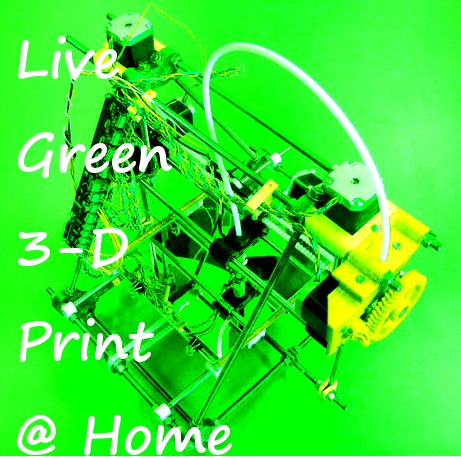J.M.Pearce (talk | contribs) m (→In the News) |
J.M.Pearce (talk | contribs) m (→In the News) |
||
| Line 25: | Line 25: | ||
* [http://www.natureworldnews.com/articles/4312/20131004/3d-printing-cheap-green-way-making-things.htm 3D printing is a Cheap, Green Way of Making Things] - Nature World News | * [http://www.natureworldnews.com/articles/4312/20131004/3d-printing-cheap-green-way-making-things.htm 3D printing is a Cheap, Green Way of Making Things] - Nature World News | ||
* [http://eandt.theiet.org/news/2013/oct/green-3d-print.cfm 3D printing is the greener choice] - Engineering and Technology Magazine | * [http://eandt.theiet.org/news/2013/oct/green-3d-print.cfm 3D printing is the greener choice] - Engineering and Technology Magazine | ||
* [http://www.scienceworldreport.com/articles/9957/20131004/turns-out-3d-printing-home-both-cheaper-greener-factory-products.htm Turns Out 3D-Printing At Home is Both Cheaper And Greener Than Factory Products] - Science World Report | |||
* [http://www.kurzweilai.net/3d-printing-lowers-environmental-impact-says-study 3D printing lowers environmental impact, says study] - Kurzweil | |||
[[Category:MOST completed projects and publications]] | [[Category:MOST completed projects and publications]] | ||
Revision as of 00:21, 6 October 2013
Source

Megan Kreiger and Joshua M. Pearce (2013). Environmental Life Cycle Analysis of Distributed 3-D Printing and Conventional Manufacturing of Polymer Products, ACS Sustainable Chemistry & Engineering, Just Accepted Manuscript. DOI: 10.1021/sc400093k [Open access]
Abstract
With the recent development of the RepRap, an open-source self-replicating rapid prototyper, low-cost 3-D printing is now a technically viable form of distributed manufacturing of polymer-based products. However, the aggregate environmental benefits of distributed manufacturing are not clear due to scale reductions and the potential for increases in embodied energy. To quantify the environmental impact of distributed manufacturing using 3-D printers, a life cycle analysis was performed on three plastic products. The embodied energy and emissions from conventional large-scale production in low-labor cost countries and shipping are compared to experimental measurements on a RepRap with and without solar photovoltaic (PV) power fabricating products with acrylonitrile butadiene styrene (ABS) and polylactic acid (PLA). The results indicate that the cumulative energy demand of manufacturing polymer products can be reduced by 41-64% (55-74% with PV) and concomitant emission reductions using distributed manufacturing with existing low-cost open-source 3-D printers when using <25% fill PLA. Less pronounced positive environmental results are observed with ABS, which demands higher temperatures for the print bed and extruder. Overall, the results indicate that distributed manufacturing using open-source 3-D printers has the potential to have a lower environmental impact than conventional manufacturing for a variety of products.
See Also
- Environmental impacts of distributed manufacturing from 3-D printing of polymer components and products - A preliminary study presented at the MRS
Method
In the News
- 3D Printing: The Greener Choice -- Michigan Tech News
- 3-D printing: Making your own saves energy, scientist says - Phys.org
- Home 3D Printing Can Be Greener Than Importing Plastic Goods - Motherboard
- 3D printers use less energy than traditional manufacturing - Gigaom, CNN Money
- Making household items on 3D printer said greener than factory versions - UPI
- 3D printing isn't just cheaper, it's also greener, scientist says - 3Ders
- 3D Printing Is Greener Than Conventional Production - Red Orbit
- 3D printing is a Cheap, Green Way of Making Things - Nature World News
- 3D printing is the greener choice - Engineering and Technology Magazine
- Turns Out 3D-Printing At Home is Both Cheaper And Greener Than Factory Products - Science World Report
- 3D printing lowers environmental impact, says study - Kurzweil

